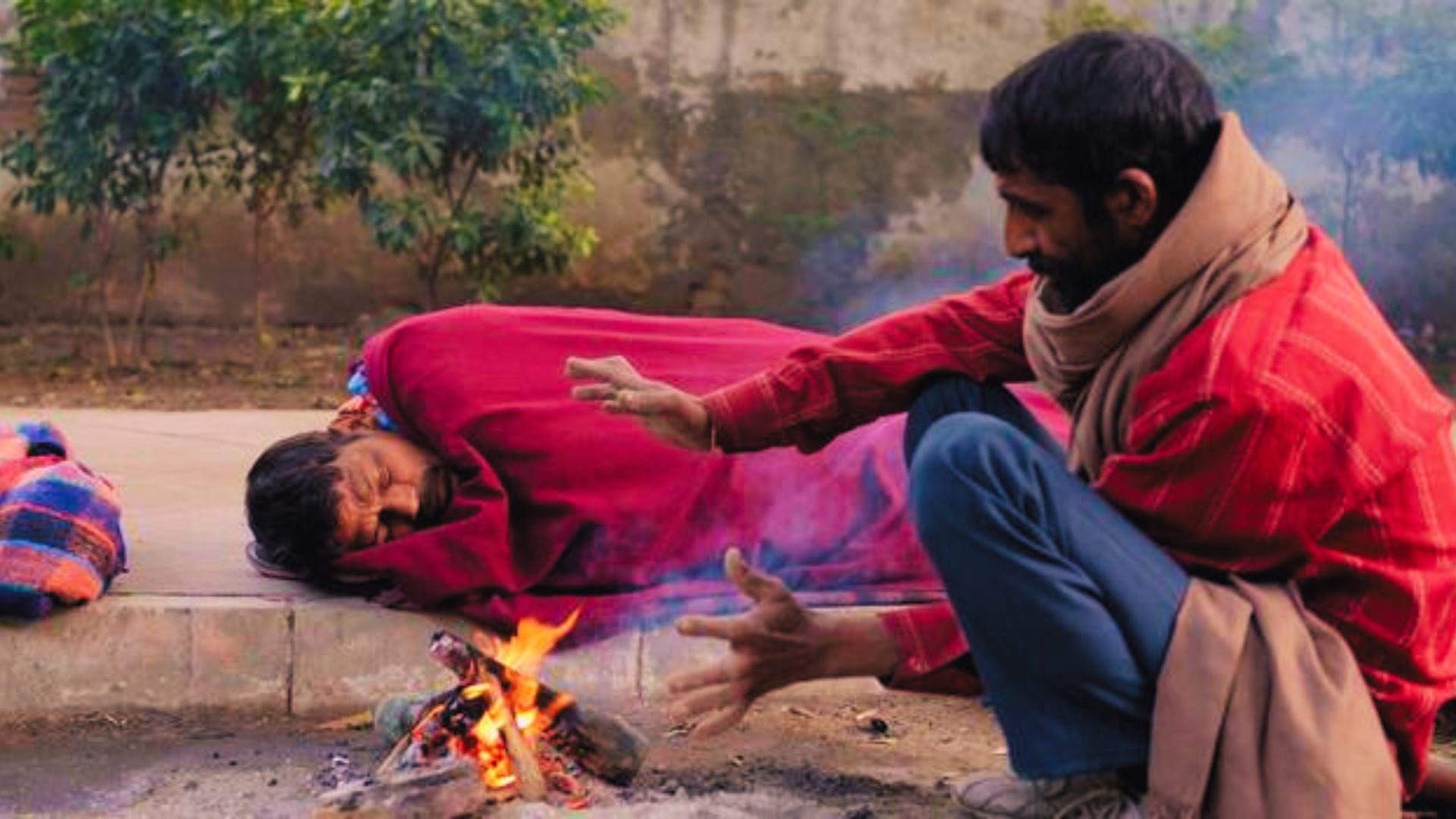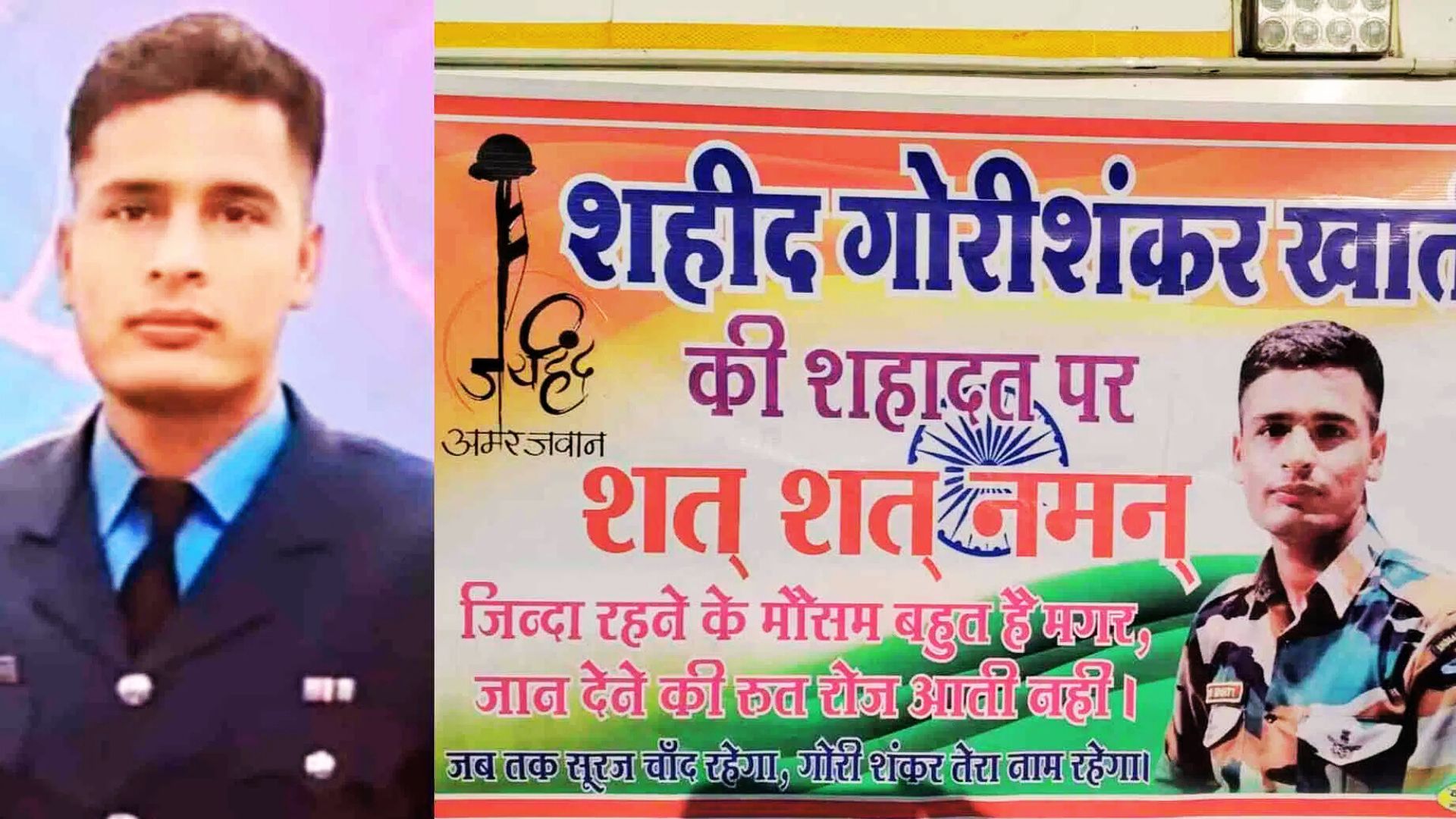PM Modi to Visit Maharashtra, Kerala, and Andhra Pradesh on May 1 and 2
Prime Minister Narendra Modi is all set to embark on a two-day visit to Maharashtra, Kerala, and Andhra Pradesh on May 1 and 2 as part of the BJP’s aggressive campaigning strategy ahead of the Lok Sabha Elections 2024. The visit is seen as a big political move to energize party workers, build a stronger connection with voters from different regions, and emphasize the party’s main messages of growth, good governance, and national pride.
Focus on Urban Growth and Maratha Concerns in Maharashtra
On May 1, the Prime Minister will begin his tour from Maharashtra, a politically vital state with 48 Lok Sabha seats — the second-highest after Uttar Pradesh. The BJP has a strong presence in Maharashtra, especially after the split in both the Shiv Sena and the Nationalist Congress Party (NCP). Modi is expected to address massive public gatherings in Mumbai and Pune, two urban centers that have been at the heart of BJP’s developmental push. His speeches probably cover topics like urban infrastructure development, expanding metro rail projects, housing schemes for those in need, and creating jobs for young people. He might also bring up the long-standing issue of Maratha reservation, which is a sensitive topic in the state, while criticizing the opposition for not delivering real solutions.
Consolidating the NDA Amid Shifting Alliances
The visit to Maharashtra also comes at a time when alliances are in flux. With the Maha Vikas Aghadi in disarray and the BJP forging new partnerships, Modi’s presence aims to project unity and confidence within the NDA camp. He’s also expected to talk about the Centre’s big wins over the past decade, like better roads and train links, more foreign investments, and flagship projects like PM Awas Yojana and Jal Jeevan Mission.
BJP’s Long-Term Bet on Kerala
On May 2, Prime Minister Modi will travel south to Kerala, a state where the BJP has been working for years to increase its vote share. While the party has not yet won a Lok Sabha seat in Kerala, it has consistently garnered attention with its ideological and social outreach. Modi is scheduled to hold a rally in Thrissur or Kozhikode, where he will address a large gathering of supporters and first-time voters. In his speech, the Prime Minister is likely to focus on themes of cultural pride, national unity, women empowerment, and inclusive development. He may also call attention to BJP’s efforts to preserve Sanatan values and promote India’s civilizational heritage.
Reaching Out to New Voter Segments in Kerala
Kerala’s political landscape is largely dominated by the Congress-led UDF and the Left-led LDF, but BJP’s efforts to build a strong base through targeted social campaigns and outreach to Christian and Muslim communities have gained momentum in recent years. Modi’s visit aims to reinforce the message that the BJP is not just a northern party, but a pan-India force that respects all communities and wants to bring development to every corner of the country.
A Strategic Opportunity for the BJP
Later in the day on May 2, PM Modi will reach Andhra Pradesh, a state that has been dominated by the YSR Congress Party in recent years. Although the BJP does not currently hold much sway in Andhra, it is playing a calculated game by aligning strategically with regional forces like the Telugu Desam Party (TDP) and focusing on key voter groups. The Prime Minister is expected to address a public meeting in Visakhapatnam or Vijayawada, where the focus will be on development projects and infrastructure promises that the Centre has supported. These include the Visakhapatnam Railway Zone, port-led industrial growth, and IT and manufacturing hubs that aim to generate employment.
Highlighting Central Schemes and Employment Opportunities
In his address, Modi is also likely to speak directly to farmers, women, and youth, underlining the benefits of central schemes like the PM Kisan Samman Nidhi, Skill India, and Mudra Yojana. The BJP’s approach in Andhra Pradesh appears to be a mix of silent groundwork and high-profile messaging. Modi’s visit may not dramatically shift the electoral landscape overnight, but it signals that the BJP is serious about expanding its influence even in states where it has been traditionally weak.
Multi-Pronged Strategy for Maximum Electoral Impact
The two-day tour is being described by political analysts as a multi-pronged strategy. In Maharashtra, the objective is to consolidate the party’s existing vote base and gain from the internal rifts in opposition parties. In Kerala, the goal is to make a cultural and emotional connect with the electorate and plant seeds for long-term political growth. In Andhra Pradesh, the focus is on creating a perception of credibility and development-oriented leadership while preparing for post-poll alliances.
Leadership, Unity, and Development
Throughout this tour, PM Modi’s messaging is expected to revolve around key national themes — strong leadership, a vision for a developed India, and a commitment to security and prosperity. His speeches will also likely include sharp attacks on the opposition, accusing them of corruption, dynasty politics, and appeasement tactics. By combining developmental talk with emotional and ideological appeal, Modi is aiming to strengthen the BJP’s narrative across linguistic and cultural boundaries.






